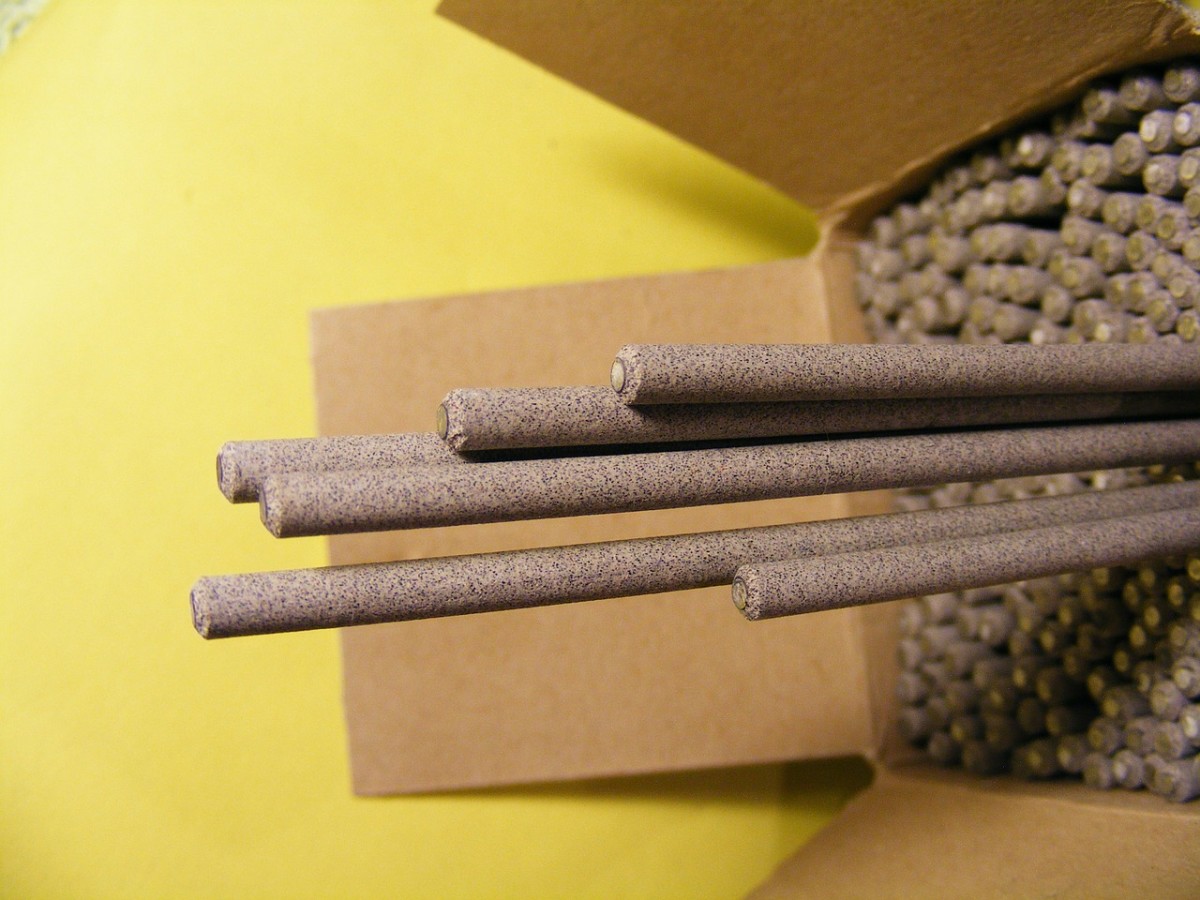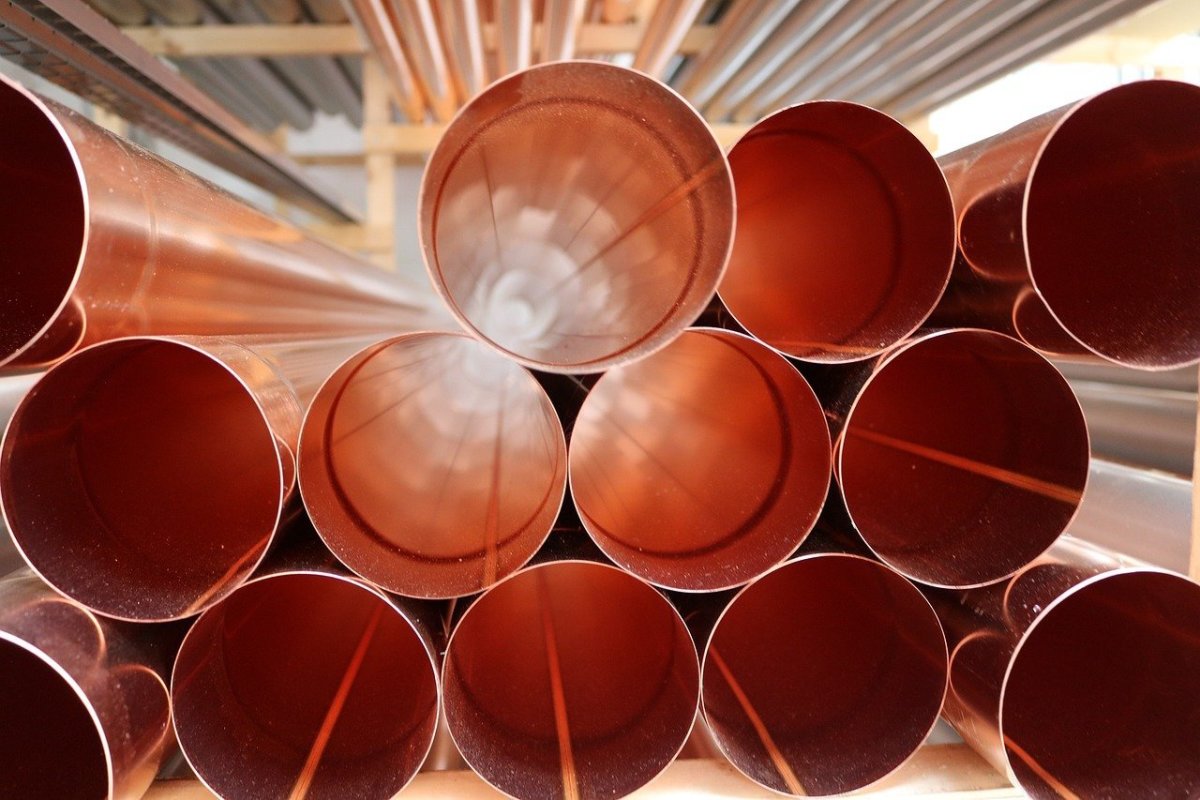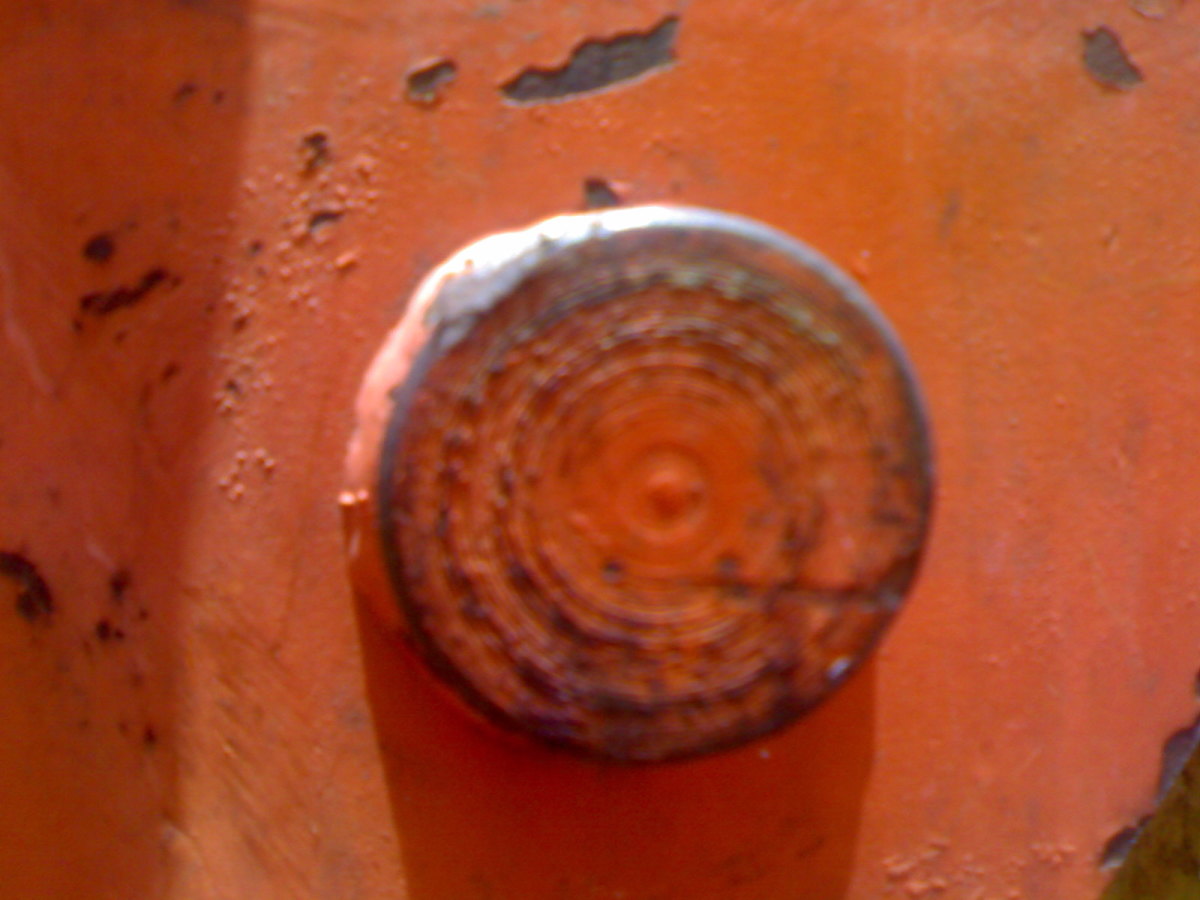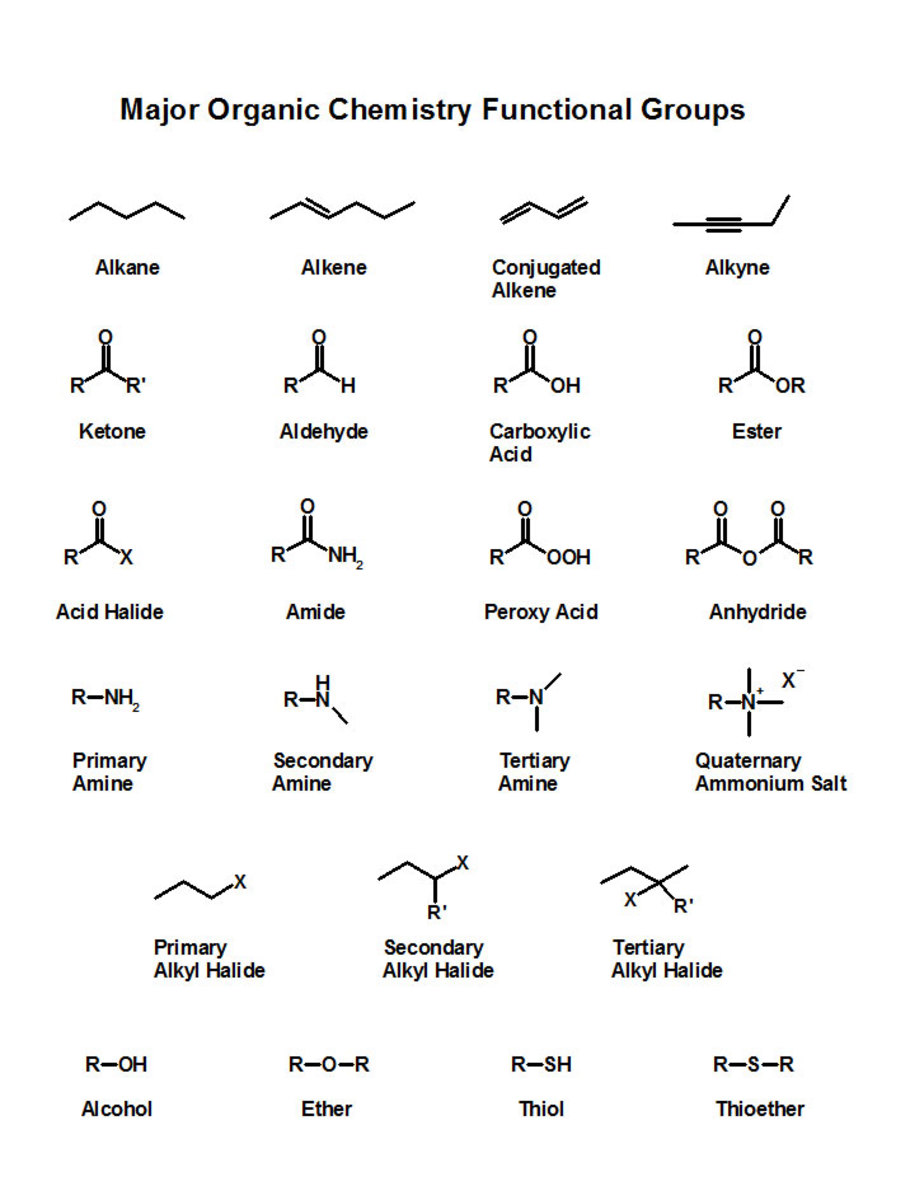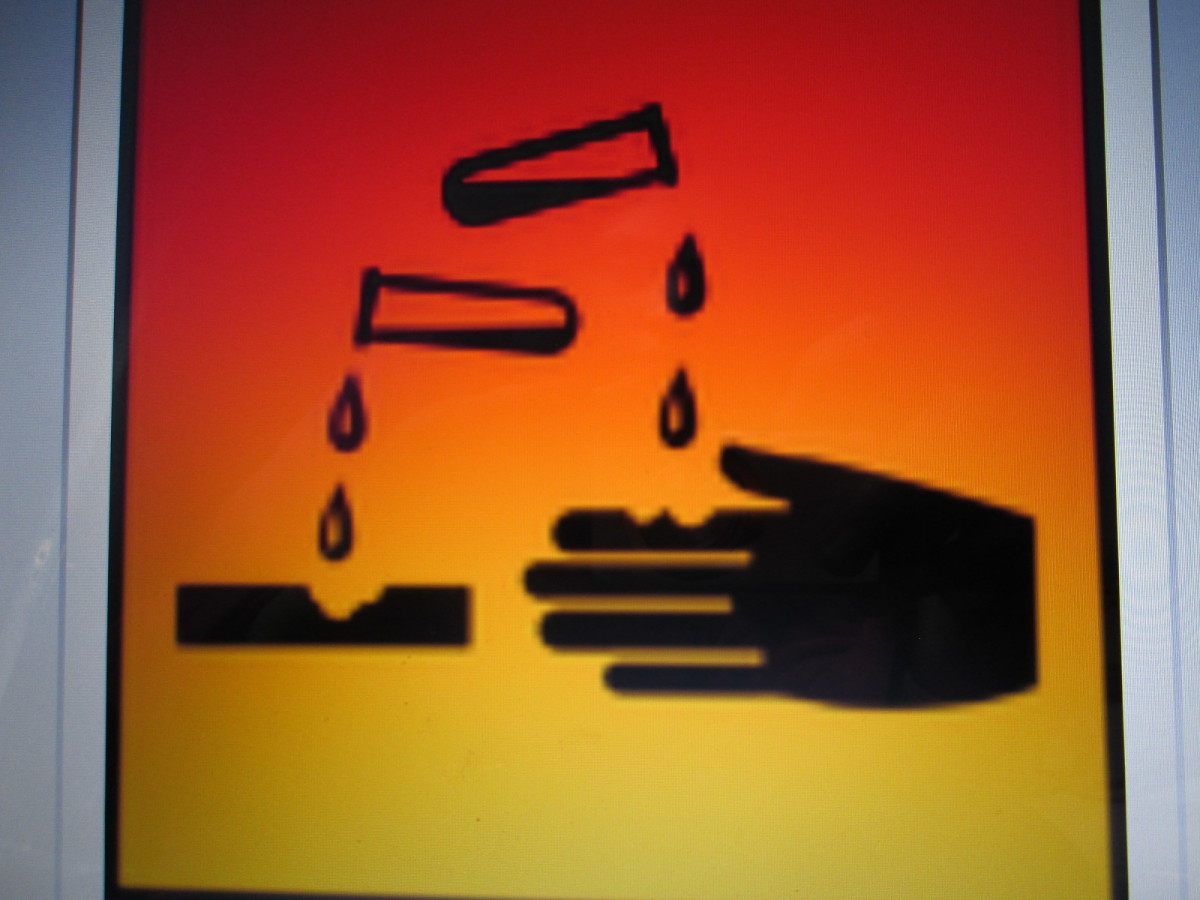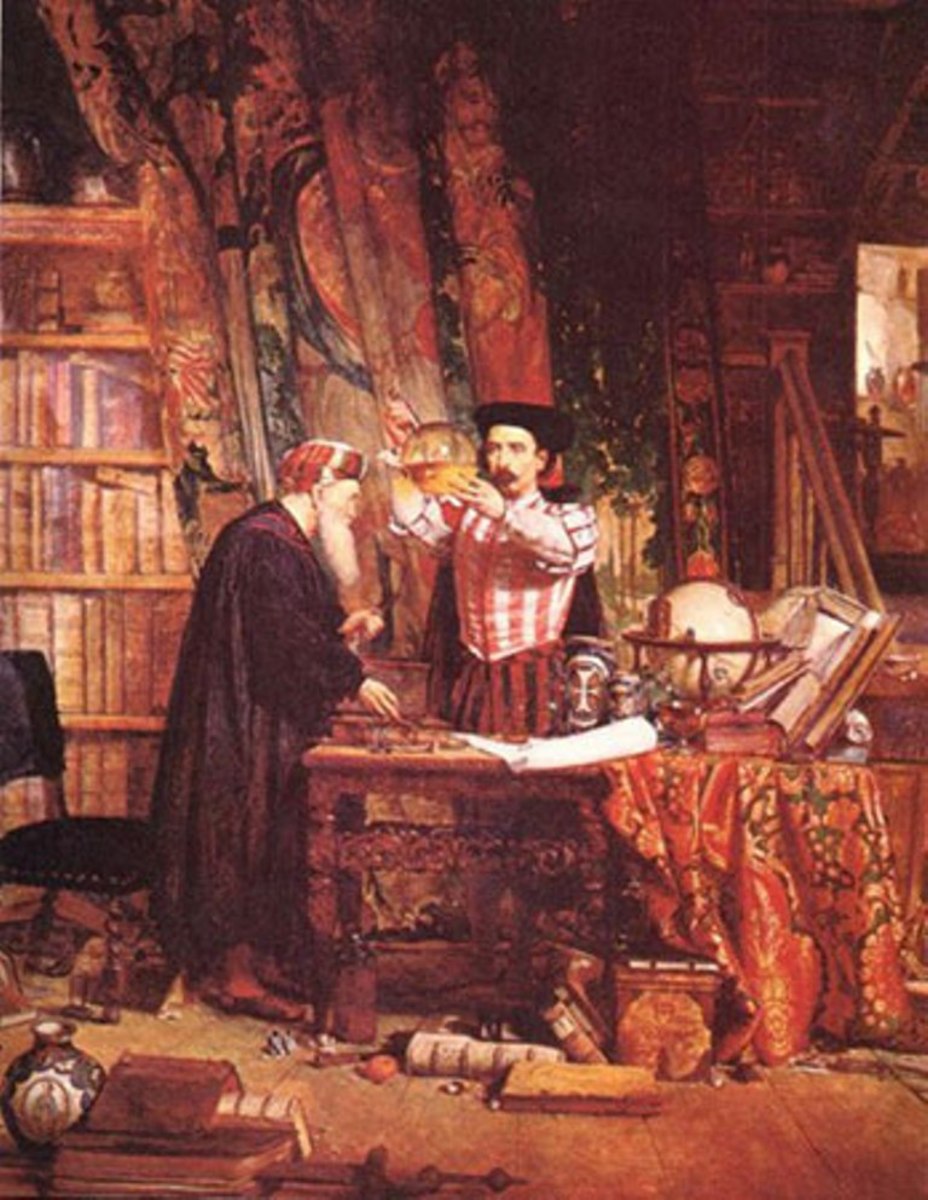Types Of Corrosion
Corrosion is a phenomenon in which the surface of a metal is destroyed due to certain external factors which thin it down, make it lose its strength and luster, and make it fragile. Corrosion is a very common phenomenon amongst metals. Various factors work on the surface of different metals at various rates.
Corrosion strongly depends on the resistance of a metal towards it, like some metals such as gold and platinum are strong and resistant towards corrosion whereas iron is very vulnerable as it quickly corrodes on being exposed to moisture and excess oxygen.
When it comes to dividing corrosion into different types, there are various bases for its classification. If we want to classify corrosion based on their characteristics and mechanisms there are eight types of corrosion. Based on their Ionic or Electro-chemical theory there are three types of corrosion: Auto corrosion, Contact corrosion and Externally induced corrosion. Focusing on the former criteria, below given are the eight types of corrosion:

Uniform Attack
In the uniform attack the corrosive agent working on the surface of the metal reacts with the surface ions uniformly over the surface of the exposed metal making the metal thin and fragile.
After some time the metal completely loses its strength.
The uniform attack is the most common type of corrosion an example of which is the rusting of iron when exposed to moisture.
Types Of Steel And Uses
- Steel
Steel is basically an alloy of iron and carbon with a small percentage of other metals such as nickel, chromium, aluminum, cobalt, molybdenum, tungsten etc. Steel is a hard ductile and malleable solid.
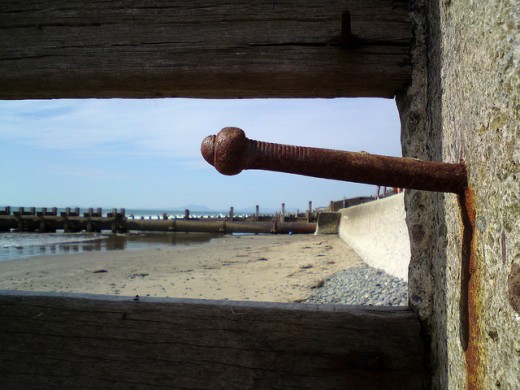
Types Of Reactions
- Chemical Reactions
Reactions can be of many types, ranging from allergic reactions to highly devastating nuclear reactions. The reactions that appear in Physics or Chemistry are entirely different from the Biological reactions.
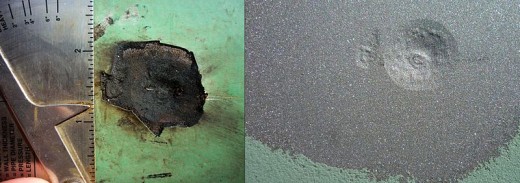
Selective Leaching
Selective leaching takes place in metal alloys. In selective leaching one of the metals on the alloy undergoes corrosion.
Selective leaching may be done intentionally to remove one metal from the alloy.
The most common example of selective leaching is the removal of zinc from brass also known as dezincification.
Erosion
Erosion is yet another common type of corrosion which occurs naturally. In corrosion the surface of the metal slowly and gradually deteriorates by the action of the environment.
Eventually due to the constant attack of the corrosive agent on the metals, the surface of the metals wears away forming holes and gullies on the surface.
The pits formed are mostly directional and have a pattern.
Pitting
Pitting is perhaps the most dangerous and vicious of all the other types of corrosion. In pitting small or large and deep or shallow pits and holes are formed on the surface, completely destroying the metal.
If pitting occurs in a metal machine the machine completely stops working. It is caused due to some chemical corrosive reagents.
Another reason why this form of corrosion is considered the most dangerous is that this type is difficult to predict and although it may take place gradually and silently the function of the metal stops suddenly without a warning.

Types Of Plastics
- Plastic
Plastic is perhaps the most commonly use substance in the world. Almost everything that surrounds us is made of plastic. Although plastic may be naturally produced, mostly it is synthesized.
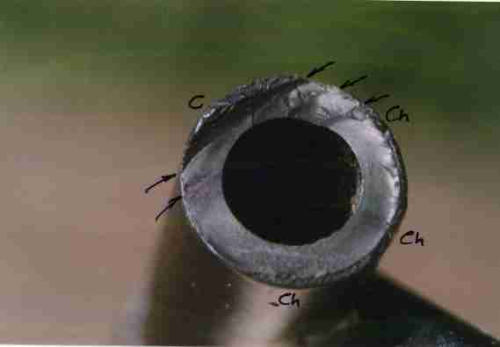
Intergranular Corrosion
The grain boundaries of some metals are very reactive.
Because of these active grain boundaries, when there is a corrosive attack on the metal the grains of the boundaries start to react with the agent, this causes Intergranular corrosion.
The Intergranular corrosion mostly occurs in alloys and may be at times due to some impurities present on the grain boundaries.
Stress Corrosion Cracking
The stress corrosion cracking is a unique type of corrosion in which cracks are formed on the surface of the metal due to a specific agent causing stress on the surface and eventually breaking the metal down.
The two common examples of stress corrosion cracking are: season cracking of brass, and the caustic embrittlement of steel.
During the process of corrosion, the rest of the surface remains intact while small and fines cracks proceed at one point.
These cracks then extend further breaking through the surface of the metal.
This type of corrosion is not very common and occurs only when the metal is exposed to a specific medium.
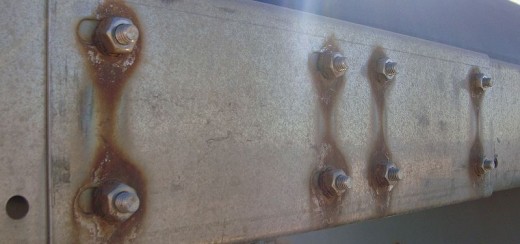
Types Of Water
- Water
Water is the most essential element of life. It was present before the life began and has been there ever since the earth was made.
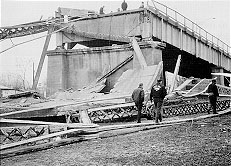
Galvanic Corrosion or Two-Metal Corrosion
In galvanic corrosion a less resistant metal and a high resistant metal are placed together in a corrosive medium.
Due to the potential difference between the two metals there is an electric flow between metals, this makes less resistant more vulnerable and the high resistant more strong.
This is called galvanic corrosion.
Crevice Corrosion
Crevice corrosion is an intense localized corrosion which occurs within crevices and other shielded areas on metal surfaces when it is exposed to corrosive agents.
This results in holes and puts on the surface of the metal.
Types Of Welding
- Chemically Described Types Of Welding
Welding is a process which involves joining of two materials using metals and thermoplastic. There are basically three types of welding: Arc welding, MIG welding and TIC welding.

